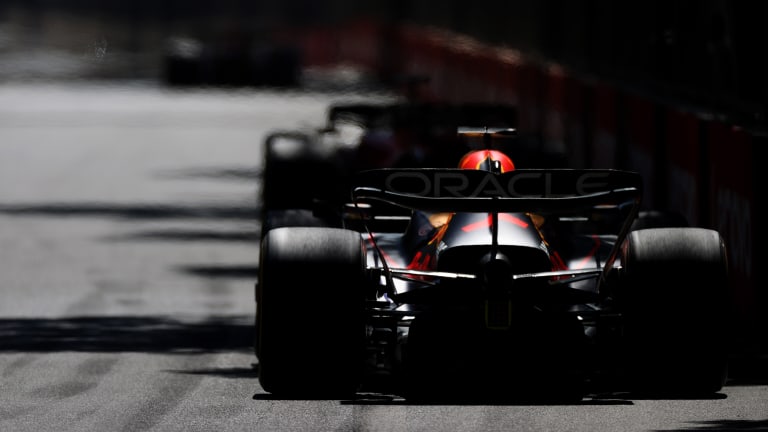
This Is Why Red Bull Is So Fast At The Azerbaijan GP Weekend

Red Bull Racing has recently made some key modifications to their F1 car, with a particular focus on the sidepods ahead of the Azerbaijan racing weekend. These changes were implemented to improve rear airflow and to meet the cooling demands. In this article, we will take a closer look at the changes made and their impact on the car's aerodynamics.
The sidepod and floor
The changes made to the car's sidepods involve alterations to the shape of the inlet which will slightly alter the airflow to the radiators, coolers, and ancillaries. It almost looks as though there could be less airflow to the radiators, but more air will be pushed toward the back of the car, increasing rear downforce - and knowing Red Bull, this likely won't result in a huge increase in drag.
The undercut and shape of the sidepods have also been slightly changed to accommodate the above alterations, and the floor leading edge has also been modified slightly to match the new aerodynamic result of this.
The Rear Brake Duct Fence
In addition to the alterations made to the sidepods, Red Bull has also made changes to the rear brake duct fence. By splitting a winglet into two separate bodies, they've improved the cooling for the rear brakes while managing the air local to that area
Trick Aerodynamics
Many of the ten teams this weekend have gone for a low downforce setup with Azerbaijan boasting a long, highspeed section of track. But, I assume thanks to Red Bull's incredible DRS design, they've opted for a low downforce rear wing but a single-element lower beam wing.
The downforce - and therefore drag - will dissipate once the DRS flap opens, making this a very strong car today for qualifying. They've already shown their dominance during Practice, so let's see how they fair in qualifying.